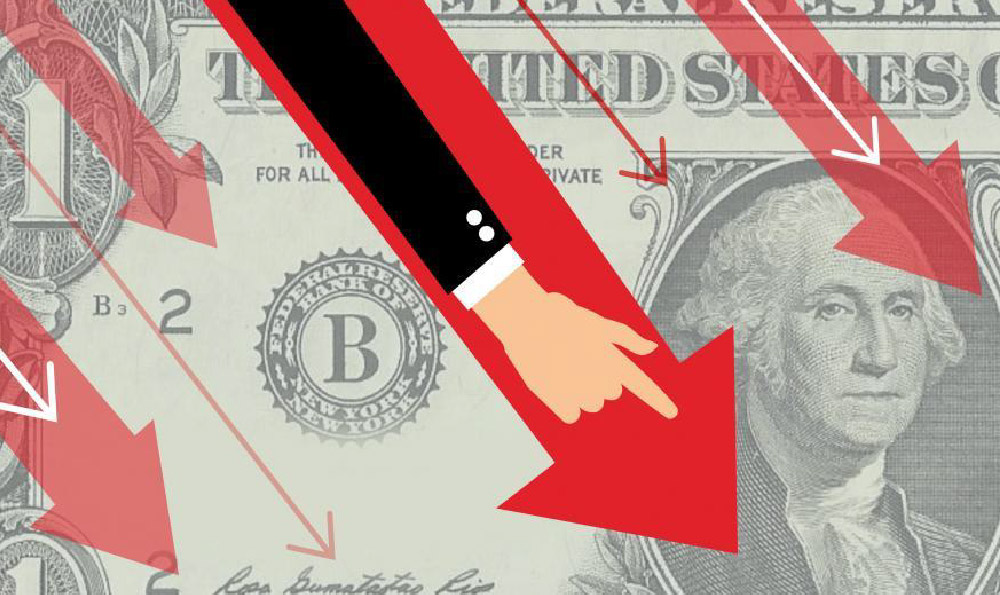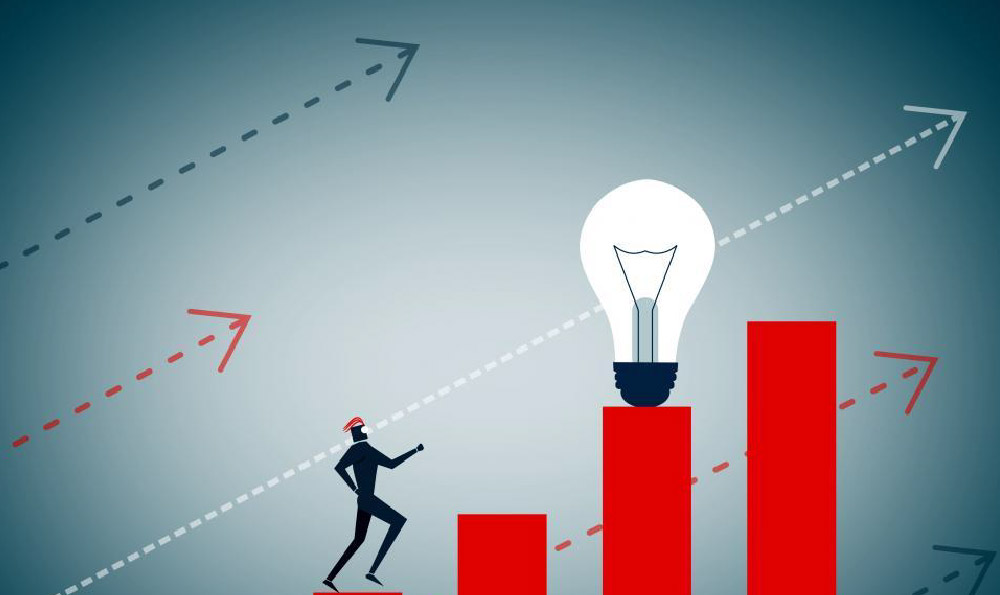
The question of an artist's earnings and their sufficiency is multifaceted, intertwined with talent, market demand, self-promotion, and a healthy dose of financial literacy. There's no singular answer, as income levels vary wildly across artistic disciplines, geographical locations, experience levels, and business acumen. Some artists struggle to make ends meet, while others achieve substantial wealth. The "enough" component is even more subjective, deeply rooted in individual needs, aspirations, and lifestyle choices.
To understand the earning potential, we must dissect the artist's landscape. A traditional fine artist selling paintings through galleries operates on a very different economic model than a freelance graphic designer taking on projects online, or a musician building a following through streaming platforms. Fine artists often rely on commissions, gallery representation (where they typically split sales revenue 50/50 or even less favorably), and art fairs. Income can be sporadic, dependent on finding collectors willing to invest in their work. Scarcity plays a role; the more unique and in-demand an artist's style, the higher the potential price point. However, building that demand requires significant time, marketing efforts, and networking. Many fine artists supplement their income with teaching, workshops, or grant applications.
Digital artists, graphic designers, and illustrators inhabit a more project-based world. Online platforms like Upwork, Fiverr, and specialized art communities connect them with clients seeking logos, website designs, illustrations for books, or marketing materials. While these platforms offer accessibility and a steady stream of potential work, competition is fierce, driving down prices and creating a "race to the bottom." Successful digital artists often specialize in a niche, build a strong online portfolio, and cultivate long-term relationships with clients to secure recurring projects. They also understand the importance of pricing their work appropriately, factoring in their time, skill, and the value they bring to the client.

Musicians face a complex and evolving revenue landscape. Traditional album sales have been largely replaced by streaming services like Spotify and Apple Music, which offer paltry royalties to most artists. While a small percentage of top-tier musicians earn substantial income from streaming, the vast majority receive only fractions of a cent per stream. To compensate, musicians rely on touring, merchandise sales, licensing their music for film and television, and crowdfunding. Building a dedicated fanbase is crucial for success in this model, as these fans are more likely to attend concerts, buy merchandise, and support the artist's work directly.
Across all artistic disciplines, financial literacy is paramount. Many artists are naturally drawn to the creative process, often neglecting the business side of their careers. However, understanding basic accounting principles, budgeting, and tax obligations is essential for managing income effectively and building long-term financial security. Artists should track their expenses, separate personal and business finances, and seek advice from financial professionals when needed. Investing in professional development, such as marketing courses or business workshops, can also significantly increase earning potential.
Moreover, the "starving artist" myth can be a self-fulfilling prophecy. Artists often undervalue their work, fearing that charging higher prices will deter potential clients or collectors. This can lead to burnout and financial insecurity. It's crucial for artists to recognize the value of their skills and time, and to price their work accordingly. Researching market rates for similar services or artworks can help determine a fair price point.
Diversification is another key strategy for financial stability. Relying on a single source of income is risky, especially in the unpredictable world of art. Artists should explore multiple revenue streams, such as teaching, selling prints or merchandise, offering online courses, or creating passive income streams through online platforms.
Furthermore, artists need to be proactive about protecting their intellectual property. Copyright law protects their original works from unauthorized reproduction or distribution. Registering copyrights can provide additional legal protection and make it easier to enforce their rights. Understanding licensing agreements and contracts is also crucial for ensuring they are fairly compensated for the use of their work.
The question of whether an artist's earnings are "enough" is ultimately a personal one. For some, simply being able to sustain themselves through their art is sufficient. Others may aspire to achieve financial independence and build wealth. Regardless of their financial goals, all artists can benefit from developing a strong business mindset, honing their financial literacy, and diversifying their income streams. The artistic path is not always easy, but with dedication, talent, and a strategic approach to finances, artists can create both meaningful work and a sustainable livelihood. Finally, governmental and non-profit support for the arts through grants, subsidies, and initiatives can play a vital role in creating a more equitable and supportive ecosystem for artists, allowing them to focus on their creative pursuits without the constant pressure of financial instability. This support is an investment in culture and innovation, benefiting society as a whole.





